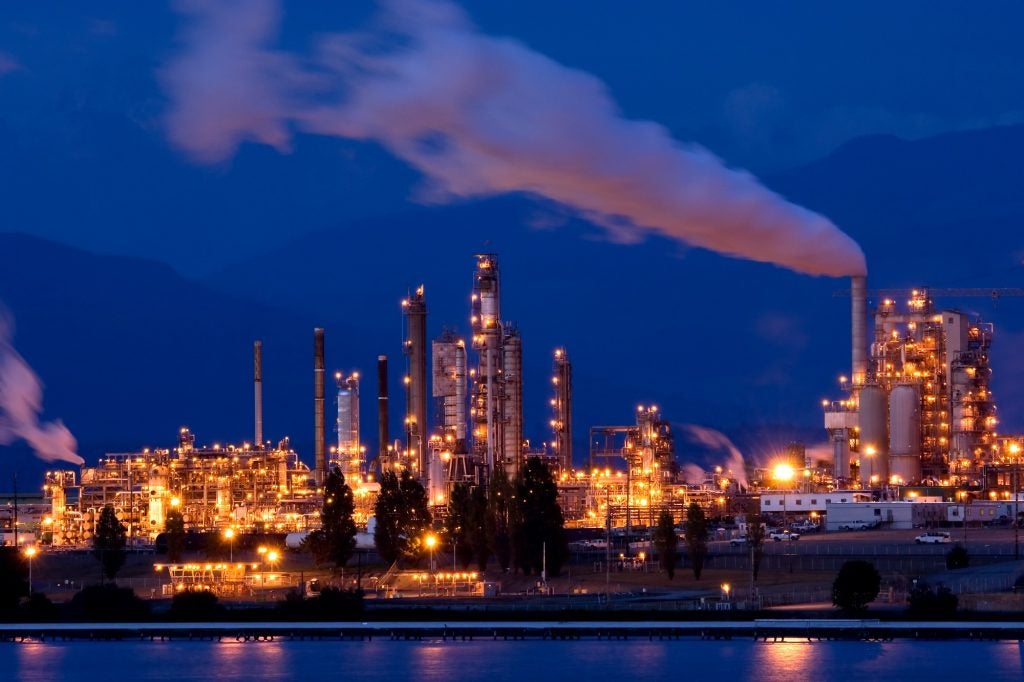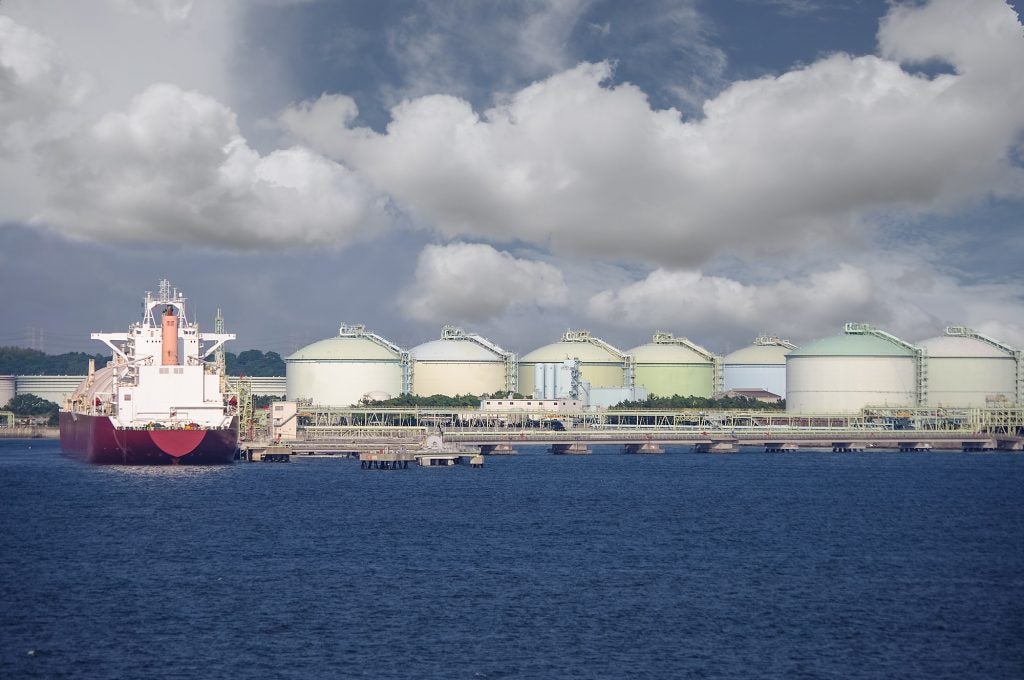India’s Oil and Natural Gas Corporation (ONGC) is looking to set up two oil-to-chemical facilities in the country.
The proposed facilities will convert crude oil into chemical products as the state-backed company tries to pivot towards an energy transition.
To minimise its carbon footprint as part of efforts to reach net-zero emissions by 2038, ONGC aims to invest Rs1tn ($12.08bn) in green initiatives by 2030.
In the company’s latest annual report, ONGC chairman Arun Kumar Singh said: “Petrochemicals demand is expected to remain strong and will continue to be a key driver of oil and gas demand in the future.
“With this objective, ONGC is collaborating with other entities to explore opportunities in the oil to chemical (O2C), refining and petrochemicals. We are also planning to set up two greenfield O2C plants in India.”
Petrochemicals, which are chemical compounds obtained from crude oil, are used in the production of detergents, fibres, polythene and other materials.
The company already operates petrochemical facilities at Mangalore in Karnataka and Dahej in Gujarat through its two subsidiaries, Mangalore Refinery and Petrochemicals Limited (MRPL) and ONGC Petro-Additions Limited (OPaL).
“MRPL and OPaL are strongly engaged in the diversification plan from oil to the petrochemical sector,” ONGC said in its report.
The company is also seeking partnerships to examine prospects in the O2C and oil to petrochemicals sectors, it added.
As economies around the world move to transition to net zero, oil companies such as ONGC are looking for ways to use their crude oil, reported PTI via the Hindu Business Line.
According to the International Energy Agency, petrochemicals are quickly taking over as the main factor driving the world's oil demand.
ONGC hopes to take advantage of this trend by increasing its chemical and petrochemical portfolio from the current level of 4.2 million tonnes per annum (mtpa) to 8mtpa by 2030.















